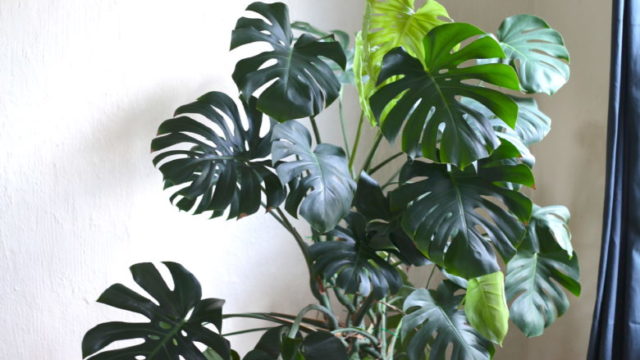
Did you know Monstera is actually a genus that includes over 30 different varieties? While I’ve been over here smitten with the Monstera deliciosa, I couldn’t believe that there was much more Monstera to love. So, if you’re looking to expand your Monstera collection, here’s a good place to start.
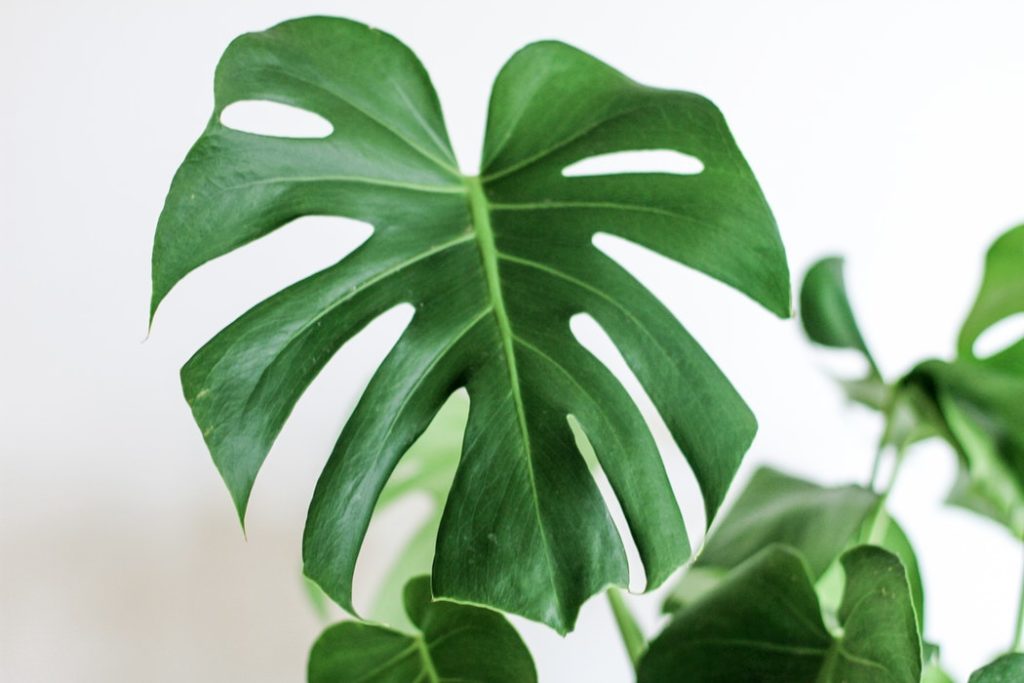
Most likely you’ve seen my Plant Portrait about the Monstera deliciosa and may or may not have propagated your own by now. I took full advantage of the plethora of photos popping up of different Monstera on Instagram, and with its help, built this list of swoon-worthy Monstera varieties.
Not all of these photos are mine, some are by some lovely IG plant parents. Be sure to check out their Instagram link in the caption and support their obsession with plants, too.
Monstera deliciosa

Monstera albo borsigiana
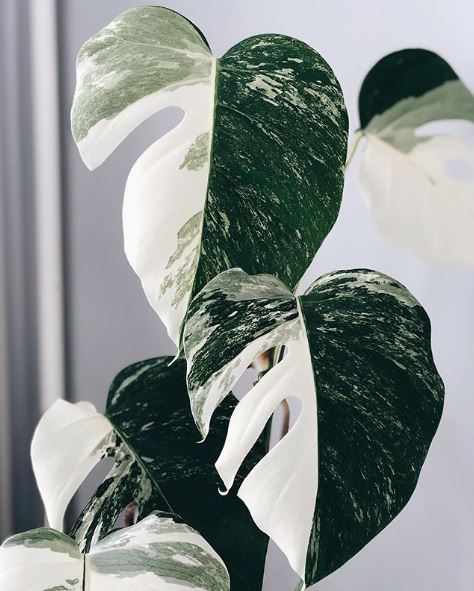
Monstera deliciosa albo

Monstera deliciosa aurea
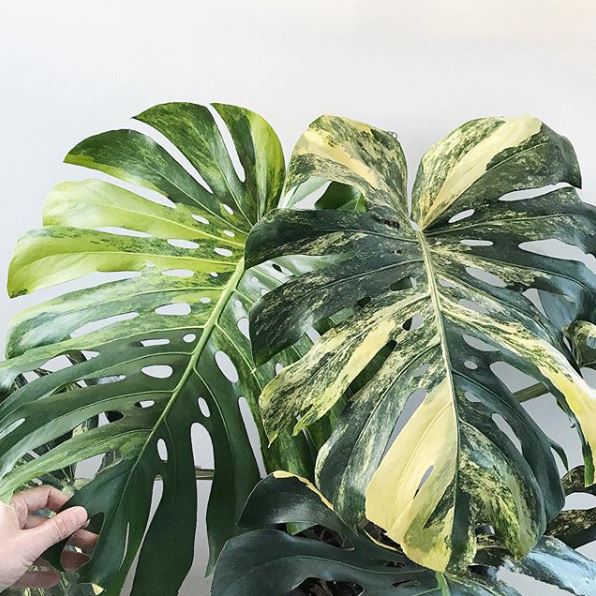
Monstera obliqua
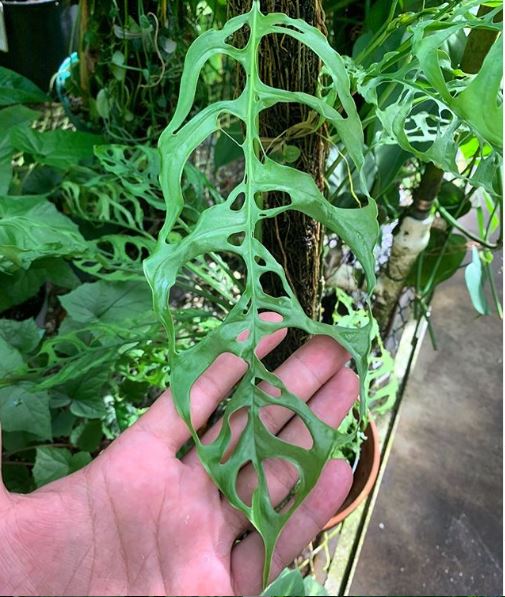
Monstera adansonii (narrow leaf)
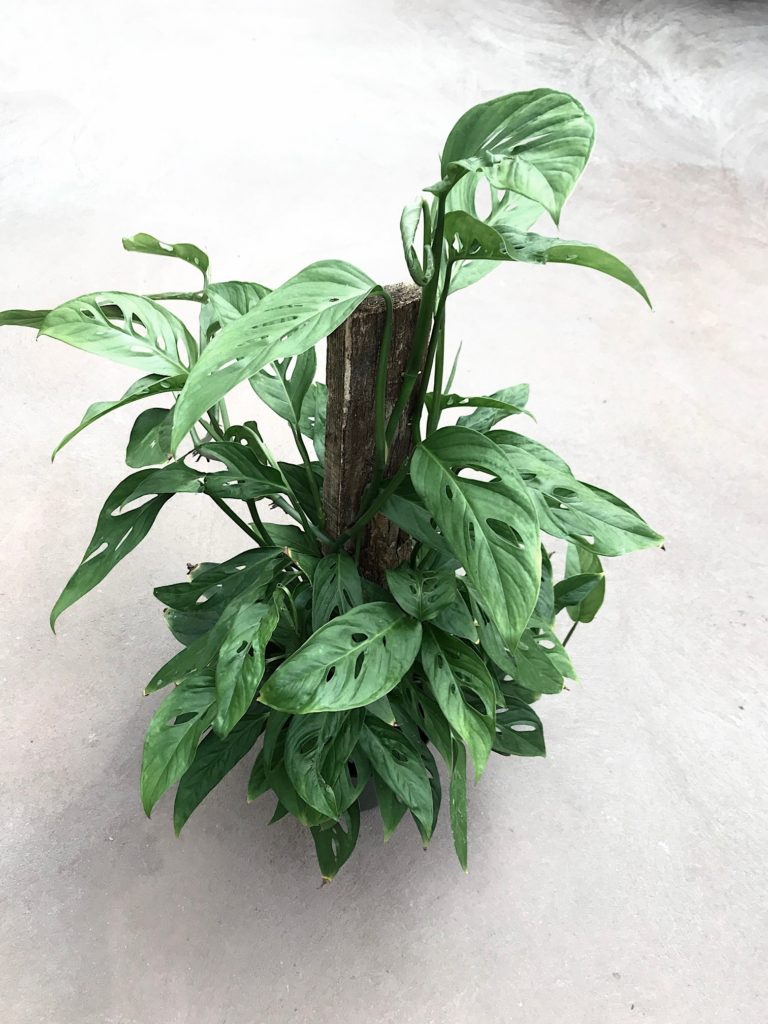
Monstera adansonii (round form)

Monstera adonsonii variegata
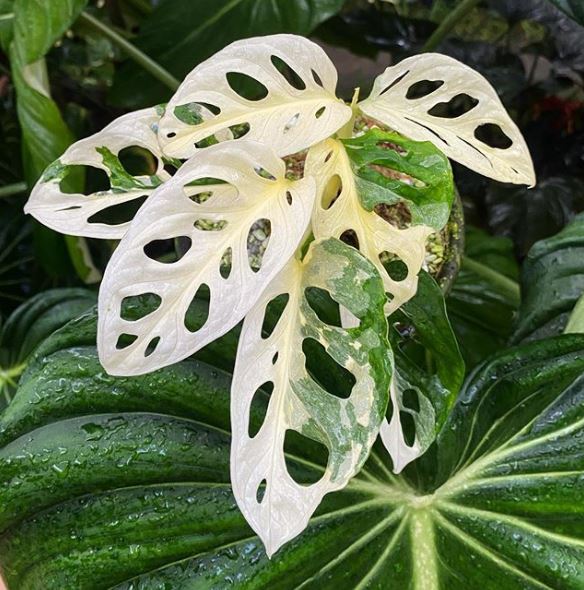
Monstera pinnatipartita
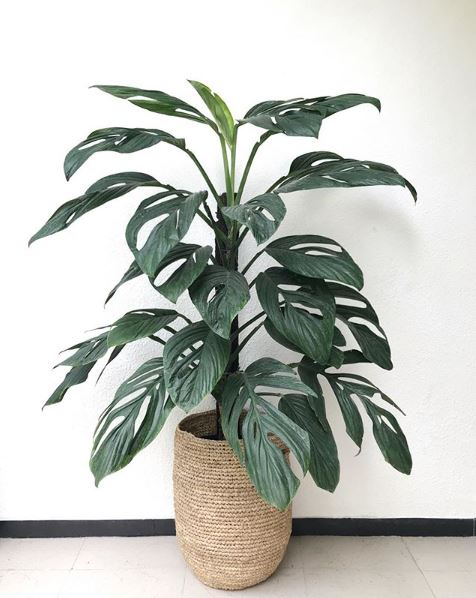
Monstera borsigiana

Monstera dubia
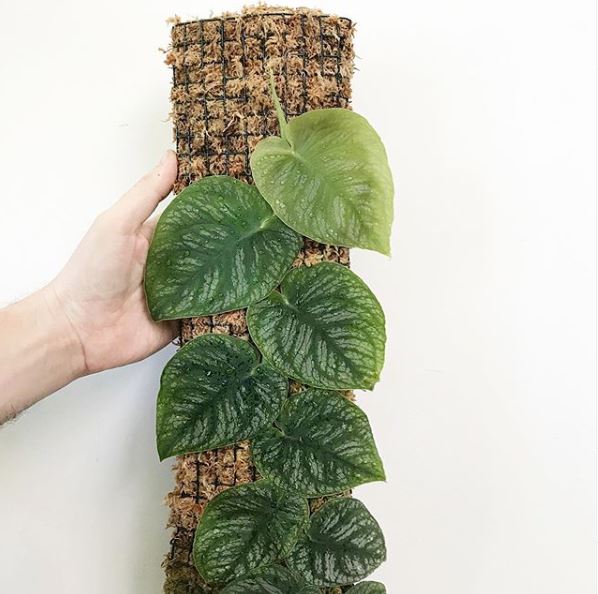
Monstera siltepecana

Rhaphidophora tetrasperma (called Mini monstera, not really a monstera)
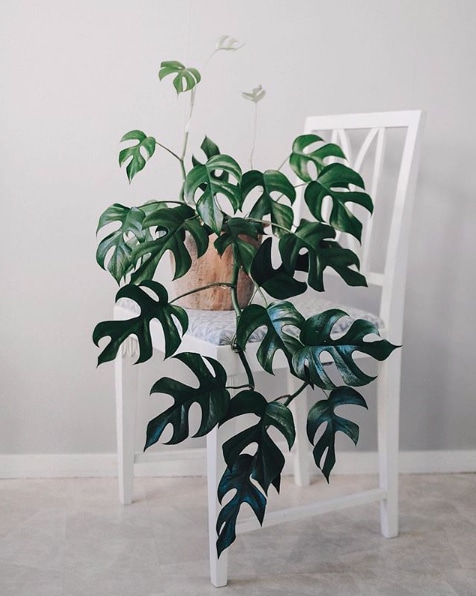
Some of these Monsteras are easy to get confused by, so here are are common misunderstandings:
- Monstera obliqua is very rare and can be confused for Monstera adansonii. If you look above, the obliqua’s leaves are crazy thin and tissue-like while the adansonii has sturdy, fatter leaves. You’re definitely seeing adansonii for sale everywhere, not obliqua.
- Monstera deliciosa and monstera borsigiana are almost identical. The only different feature is borsigiana are typically smaller in every way – leaves, stature, holes. It’s usually hard to tell with young plants, but you can see adult specimens are always slightly smaller than their deliciosa sistas.
- Rhaphidophora tetrasperma (the last photo) is seriously gorgeous, but not technically a Monstera. They’re commonly called mini monsteras, and looks monstera like with their large leaf cuts, so they made my list. They’re actually part of the tetetrasperma genus.
Remember, all Monstera varieties are toxic to pets. Since they are part of the Araceae family (the same as Dieffenbachia and Philodendrons, which are also unsafe), I urge plant parents to think about acquiring new Monsteras, especially since they can be rather expensive. I’ve seen extremely rare Monstera obliqua cuttings sell for over 2K on ebay. Yowzers.
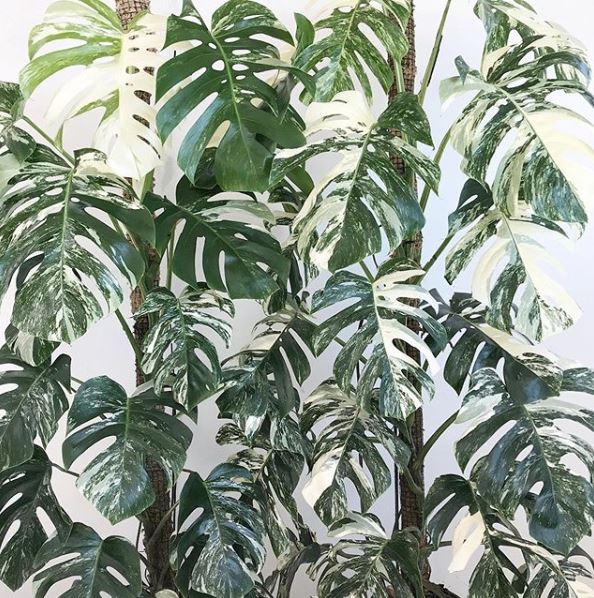
Do you know of a monstera that I missed? Leave a comment!

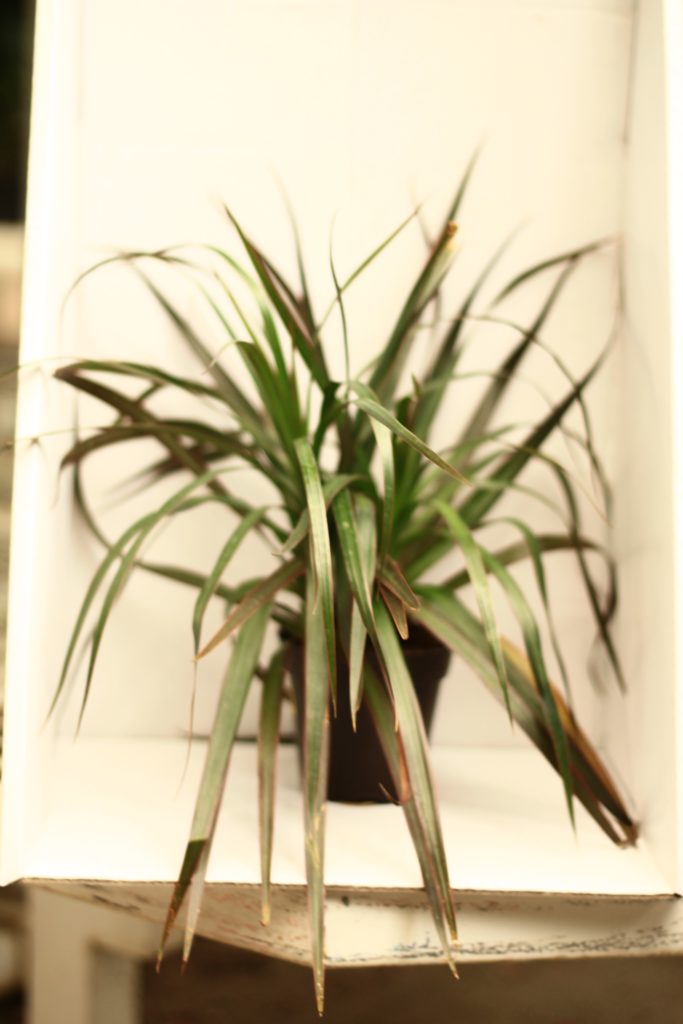
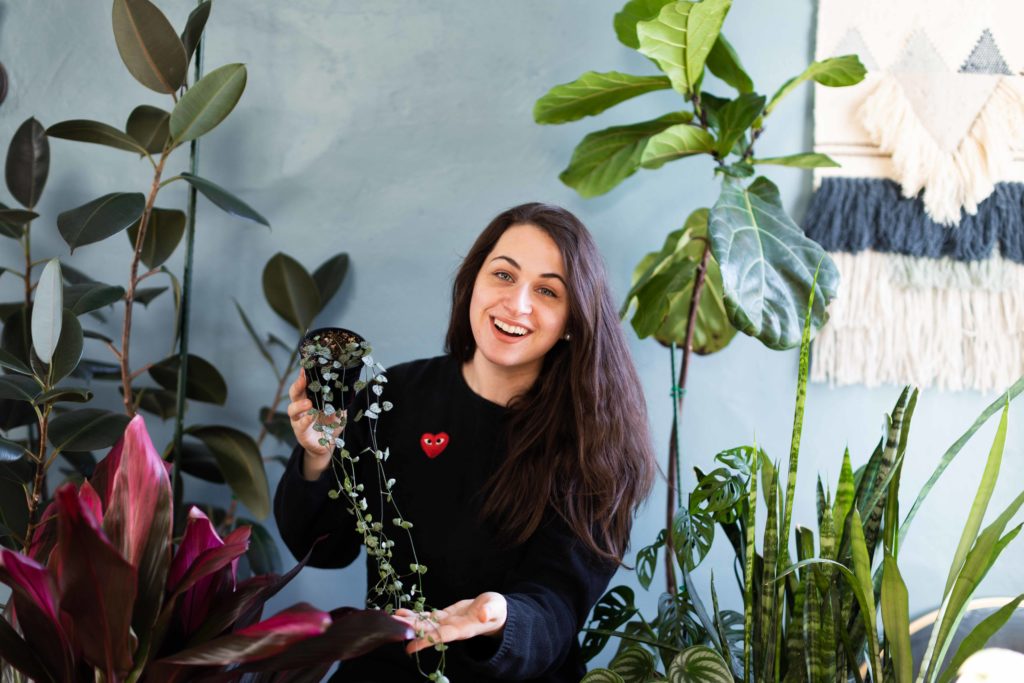
I just discovered this blog, and I love it. I’m getting a cat soon, and the only non-toxic plant I have is a Monstera. Is there a way for me to tell if she is going to eat or mess with it?
Thanks Priscilla! I always tell new pet owners to watch your pet with your plants very carefully and monitor them for a week or so. In addition to watching, monitor the plant for chew marks. Do not leave pets alone with a plant unless you know they are not interested, but a few weeks should tell you if they care or not. I would still keep your monstera on a plant stand so it is at least off the ground, cats like to dig in soil too.
Monsteras ARE poisonous to humans and pets. Only its fruits are safe to eat once ripe.
Mine grows downward and hasn’t been looking good for a while. ?
Hi Michele, He may needs more sun or more water. Monsteras tend to drop if they’re too hot, too cold, or thirsty.
What about the newly name changed Monstera Esqueleto?
Yes, that replaced Monstera epipremnoides, a great Monstera I need to add.
Hi. I have a question Does Monstera deliciosa albo variegata & Monstera albo borsigiana variegata are the same? Thank you so much.
Hi! The borsigiana is a smaller variety of monstera, but looks exactly like a deliciosa. The deliciosa will grow bigger and have more fenestrations in the leaves than a borsigiana.
I’ll have to add that one! That name replaced Monstera epipremnoides and is basically a larger leaf adonsonii.
Why my Albo Monstera Bosiana Variegata the white leafs are turning brown?
Hi Beta, this sometimes happens with all white or partially white leaves. Because they do not contain chlorophyll it is normal for them to begin to brown and they may die. Keeping them in a very bright, warm location in ample humidity will help.
Where I can get one of the wire sticks stuffed with moss, to support my Albo monsteras?Thank you
I wonder if you have an email that i can contact? if i could asking about my monstera with a picture, so you can give an advice for me. Thank you
Hi, feel free to send to my instagram or facebook.
What’s your Facebook I have a version not sure which one some have no hole while others may have 2 I’m getting brown spots on stem and some leaves oh is 6.5 is was to moist but haven’t watered it for it’s weekly water
Hi Ashley, all social is on the top bar of my website. And you may have a younger plant which is why some leaves may have holes and others not. Brown spots on stem could be cold damage or overwatering, so I would leave it to dry out a bit before you water again.
Thank you for your post on the fabulous varieties of Monsteras. I’m new to them, I have a nice large yard which I am starting to “TROPICALIZE”. I have some giant trees to plant some varieties of Monstera under with nice shade and have them eventually grow up the tree. Not the rare ones, I don’t have any “rare” babies yet.
I do have one that is not mentioned. I’ll get back to you with a pic and type. I only have a yearling that looks nothing like it will when more mature…..
I just bought a small (“small”, the two leaves are each like 8 inches long) cutting under the name “monstera aureopinnata”. Doesn’t look like there’s a lot of info about it, any tips/info?
Hi CJ! This monstera is similar to a “Monstera pinnatipartita” and follows the came care as that variety or a Monstera adasonii. It’s a vining plant that likes bright indirect light, to dry between waterings, and high humidity. I hope that helps!
I can hardly find anything on turbuculatta, which is in my yard in south Florida. Please and thank you!
Hi Raina, so that’s also known as a Monstera dubia and a very cool plant and listed here! Let me know if this looks different than what you have and if so feel free to send me a photo on IG or fB!
What about the monstera Thai constellation ? Is that in the family of monsteras?
It is Patsy! It’s a type of Monstera deliciosa.
I have a couple you missed, M. friedrichsthalii, M. karstenianum, M. laniata, M. lechleriana, M. acacoyaguensis and M. pinnatipartita…nah, I don’t love Monsteras!
But, there are a couple more species I’m in search of.
Yes! I have recently learned about more too – I just love Monstera. I will add these too Donna, as soon as I get some photos. 🙂
Iran across your article trying to find a mature monstera radicans. Looks like the Peru, or karstenianum, young.
I have never seen a monstera radicans (at least not in the States) but it does look like a narrower peru!